Horses are a big investment. Ranging from little ponies like the Falabella and American Miniature horse to the massive Shires and Percherons, horses can range in price from relatively affordable to extremely expensive. However, horses are more than an investment. They are our friends. In the words of Robert Smith Surtees, he quotes, “There is no secret so close as that between a rider and his horse.” Maybe you’ve grown up with horses that became a part of your family.
On a summer day in August of 1972, 15 horses were admitted to a university in the state of California. Of the 15 horses, 1 survived but only to die several months later of liver disease. The cause for the 14 deaths? A word all horse lovers can’t bear to hear: intestinal disease. A common intestinal condition is horse colic.
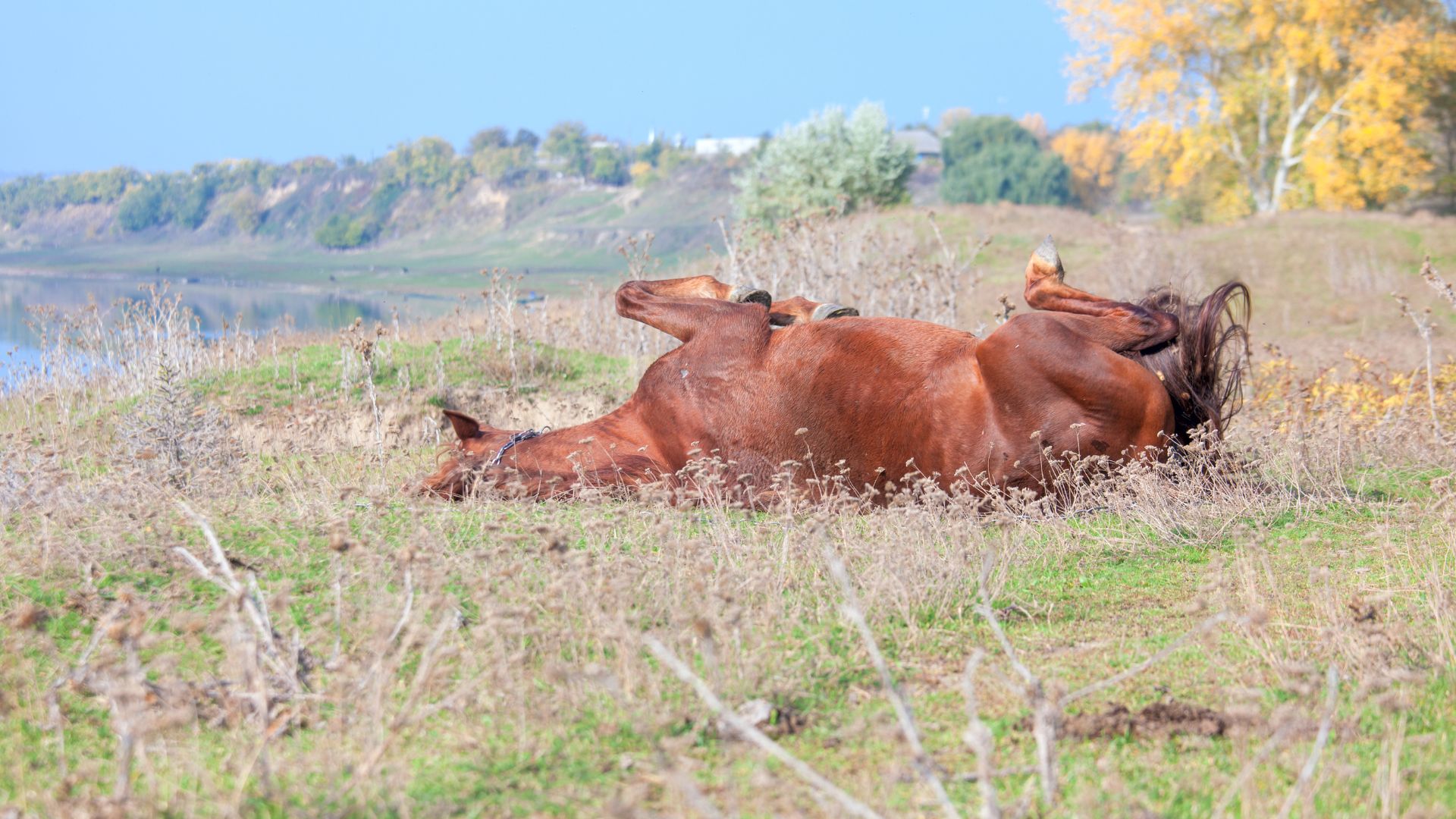
Colic has taken the lives of hundreds of horses over the past couple of decades. According to the American Association of Equine Practitioners, over 4% of horses have at least one bout with colic. Out of that 4% that are diagnosed with colic, 11% will suffer and die from the condition. That’s why horse colic prevention is a popular topic that should be addressed sooner rather than later.
With these sober statistics in mind, we’ll dive into an easy-to-read definition of what colic is, common causes, and methods for horse colic prevention. Let’s start with the basics.
What Is Horse Colic?
Horse colic is any abdominal pain that a horse may experience from possibly overeating, stress, an unhealthy diet, or a variety of other factors. To be clear, colic is a generalized term that refers to any pain within a horse’s abdomen; it is not a disease in itself. A horse may have only mild symptoms that can be treated effectively. In a worst-case scenario, your horse could suffer and die from a potential stomach rupture, for example.
According to the College of Veterinary Medicine, there are three main types of intestinal colic: gas colic, obstructive lesions, and functional obstructions. From there, horse colic branches into many different sub-categories. Again, horse colic prevention can only happen if colic is properly understood.
| Intestinal Horse Colic Types | Description | Result |
| Gas Colic | Gas buildup in the intestine, the most common form of equine colic | Typically easily treatable, usually a less dangerous form of horse colic |
| Obstructive Lesions | The intestine is twisted or obstructed, e.g. sand impaction, branches of obstructive lesions include strangulating & non-strangulating | Depending on whether the condition is strangulating or non-strangulating, treatment can range from mildly easy treatment to emergency surgery |
| Functional Obstructions | Food is not passing through the intestine, a form of functional obstruction is enteritis, | Range from simple treatment to surgery |
It’s best to be on top of horse colic prevention at all times; so, if your horse is experiencing symptoms of colic (which we’ll list later), talk to your veterinarian as quickly as possible.
What Is The Most Common Cause Of Colic In Horses?
Obviously, a key to horse colic prevention is to understand what the common causes are. The most common cause of colic in horses is through impaction (obstruction) of the small intestine. Colic in horses could also result from excessive gas in the stomach or poor horse management (e.g. poor horse-feeding habits). All of these causes, and a whole host more, illustrate the fact that there are many causes for horse colic and that horse colic prevention is an extremely important topic.
Let’s take a deeper look at the most common cause of colic in horses: impaction of the small intestine. Here’s how this could happen:
Let’s say your horse eats an excessive amount of grain (high in sugar), which is a classic cause of horse colic. Keep this cause in mind when we think through ways to prevent colic in horses (we’ll talk about this later). Other horse issues that could cause colic include the following:
- Moldy hay
- Sudden feed schedule changes
- Parasitic intake
- Sand intake
- Stress
- Dental problems
Anyway, back to our example: your horse ate too much grain. As the starch from the grain moves through the small intestine, it eventually reaches the hindgut of the horse. But, since there is too much starch to be digested and absorbed, some of the undigested starch may take up residence in the small intestine, causing a blockage within the intestinal tract. Obviously, this type of colic could have very serious consequences.
Another common cause is excessive gas, which can lead to a bloating of the horse’s stomach. In extreme cases, the stomach can even rupture, causing the horse to die. Preventing gas colic in horses is critical.
Equine colic prevention can also be furthered by recognizing mismanagement in feeding times. Sudden feed schedule changes or feeding your horse big meals, that are spaced out by several hours, are a couple of ways that mismanagement can manifest itself.
Horse Colic Prevention Awareness: What Are The Symptoms?
There are many symptoms of colic in horses, that can range from mild to severe in nature. It’s important to recognize these symptoms for horse colic prevention. Here’s a table listing some of the common signs of colic divided by the severity of horse colic.
| Mild Colic Symptoms | Extreme Colic Symptoms |
| Dullness | Horse rolling |
| Curling up the top lip | Dangerously throwing himself/herself |
| “Trying to pee” stance | Sweating |
| Lying quietly (more than normal) | Breathing rapidly |
| Eating habits change | Injury from out-of-control, dangerous rolling around |
| Kicking in an attempt to hit the abdomen | |
| Looking back at flank |
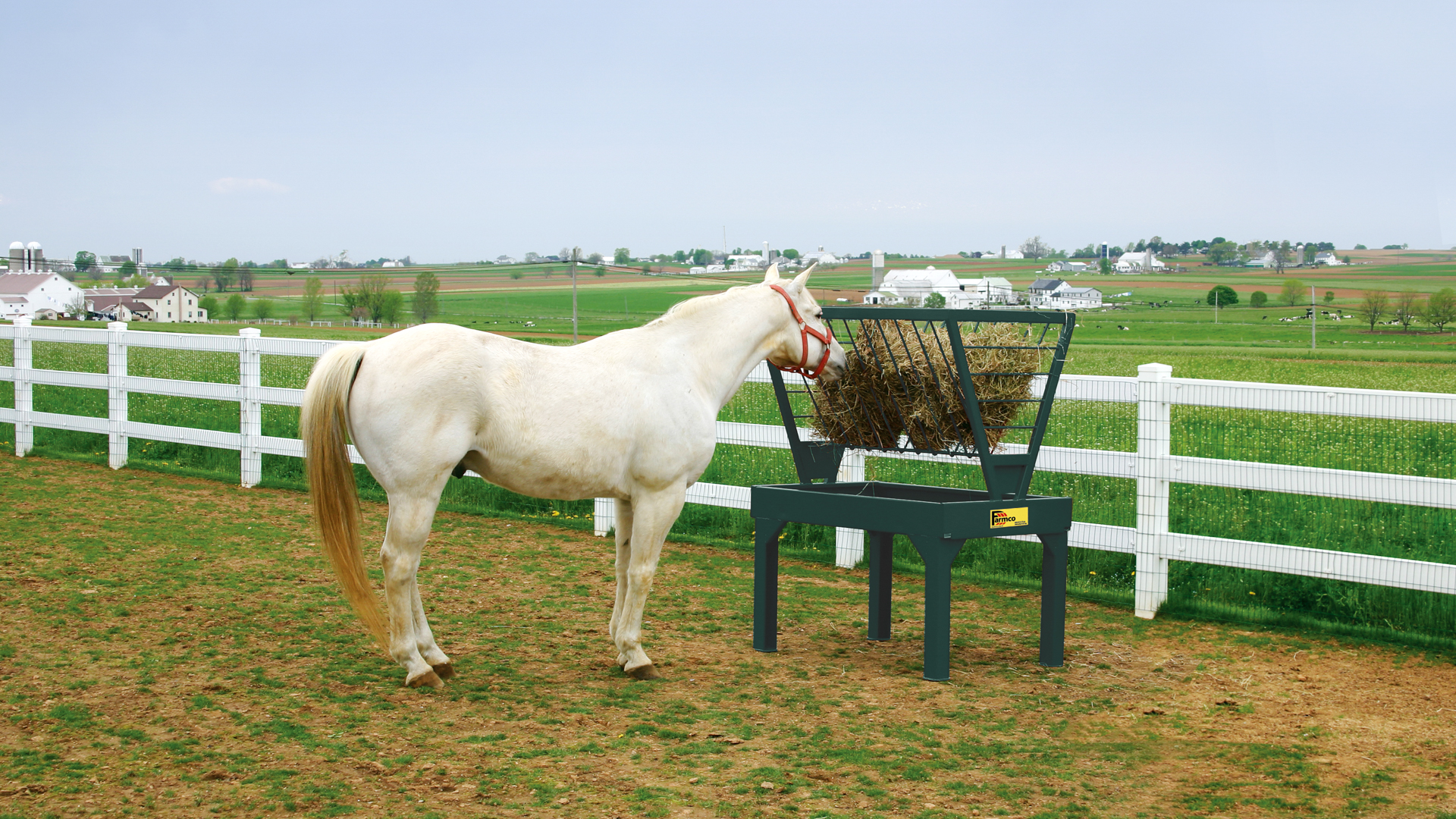
What Foods Cause Colic In Horses?
Several foods that can cause colic in horses include large amounts of grain or other concentrated foods, low-forage diets, and low-quality hay.
So, the moral of the story is don’t feed your horse excessive amounts of grain or high-sugar/high-starch feeds.
What Are Ways To Prevent Colic In Horses?
Here’s the crux of the matter: we now know that horse colic prevention is an essential component of a horse’s health. So the question remains: how do you go about preventing horse colic, such as preventing gas colic or preventing sand colic in horses?
Sand colic occurs from ingesting too much sand. This could possibly result from living in a sandy area. It could also happen if your horse eats his hay from off the ground, and thereby, accidentally ingests sand while he’s eating.
Balanced Diet
This is probably the most crucial step in equine colic prevention. Avoiding foods that are high in sugar or starches like grain, for example, and replacing them with high fiber and high protein foods is a great step towards horse colic prevention.
Limiting Pasture Time
Grasses contain a component called nonstructural carbohydrates, which are essentially sugars, starches, or fructans. Typically, the nonstructural carbohydrate levels are much higher in grasses in the spring.
If your horse consumes a lot of grass that is high in nonstructural carbohydrates, he/she may not be able to absorb all of the sugars or starches, which could eventually lead to colic.
Fresh Water
A constant supply of fresh water is another great method for horse colic prevention. Water aids in digestion, which is an integral ingredient in producing saliva and helps dilute or de-strengthen stomach acid.
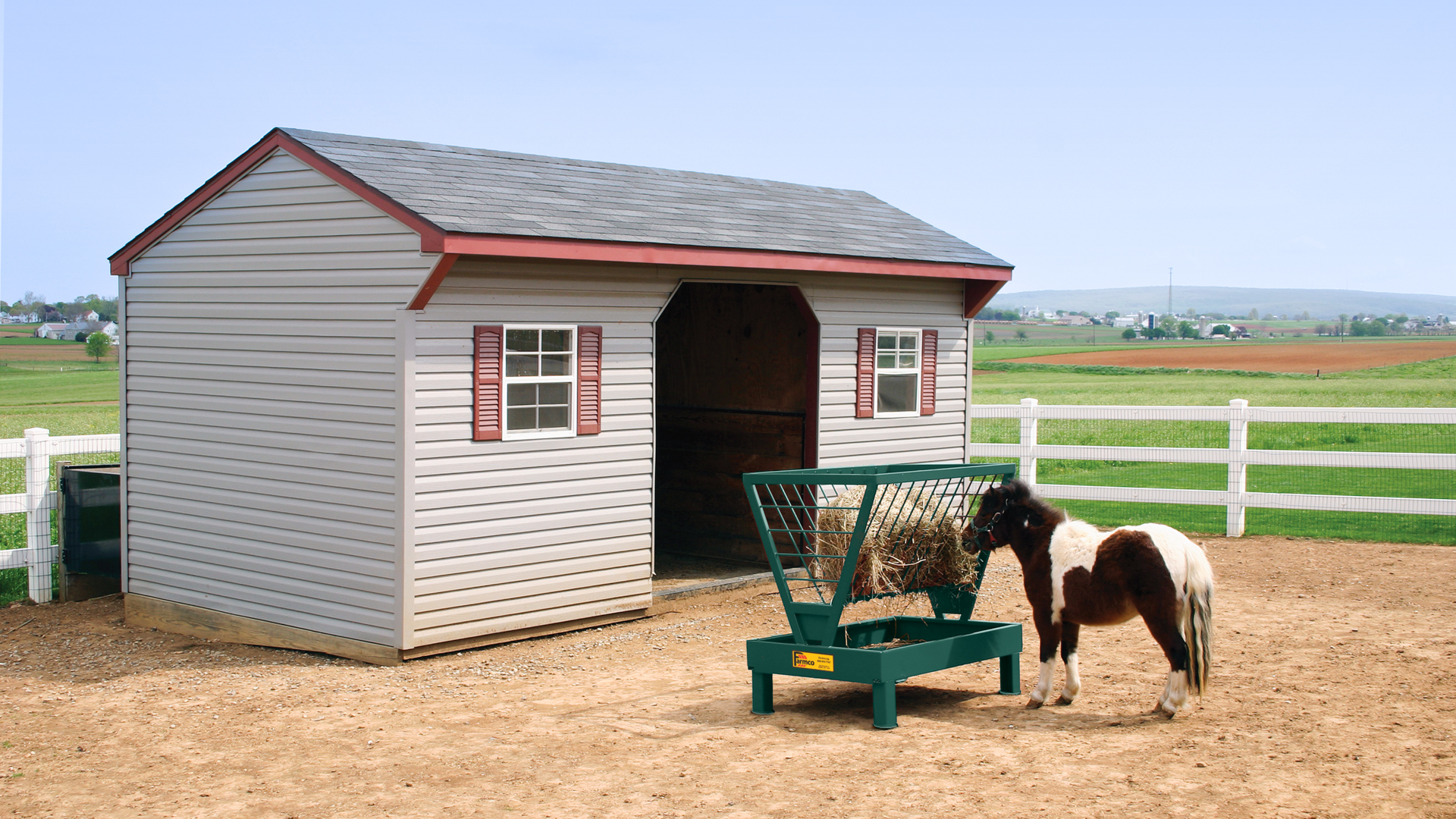
Raised Horse Slow Feeders
Another extremely good method of horse colic prevention is to purchase a raised horse feeder. By keeping the hay off the ground, the chances of sand colic are greatly reduced. But a raised slow feeder could also help solve a bunch of other horse colic causes. We’ll talk more about this in the slow feeder example below.
Additionally, a horse can become stressed if meals are fed to him/her periodically. A horse may think that he needs to gorge himself with hay in the limited feeding time that you offer him. This can result in a stressed horse.
As we mentioned earlier, stress can also contribute to horse colic (also a symptom of laminitis in horses). Horse slow feeders take out the stress of periodic mealtimes since the horse has access to hay (slow-fed) 24/7.
We also mentioned that sand colic can be prevented with a raised horse slow feeder. Sand in the abdomen of a horse can result in pain, depression, diarrhea, and/or other consequences. Sand colic prevention is critical since sand can build up inside of a horse, often in the large colon. As a result, extreme discomfort and pain can afflict your horse. Preventing sand colic is important to understand, especially if you are currently ground-feeding your horses and/or live in a sandy area.
A raised slow feeder for your horses can be a great way to help prevent colic. Here’s a raised slow feeder example.
HF series by Farmco
A raised slow feeder, like the HF series raised slow feeder by Farmco, can help prevent horse colic, like sand colic.
Plus, this feeder will keep hay waste to a minimum, which will save you a lot of money long-term. Typically, within 24 months, the HF series slow feeder pays for itself through hay savings.
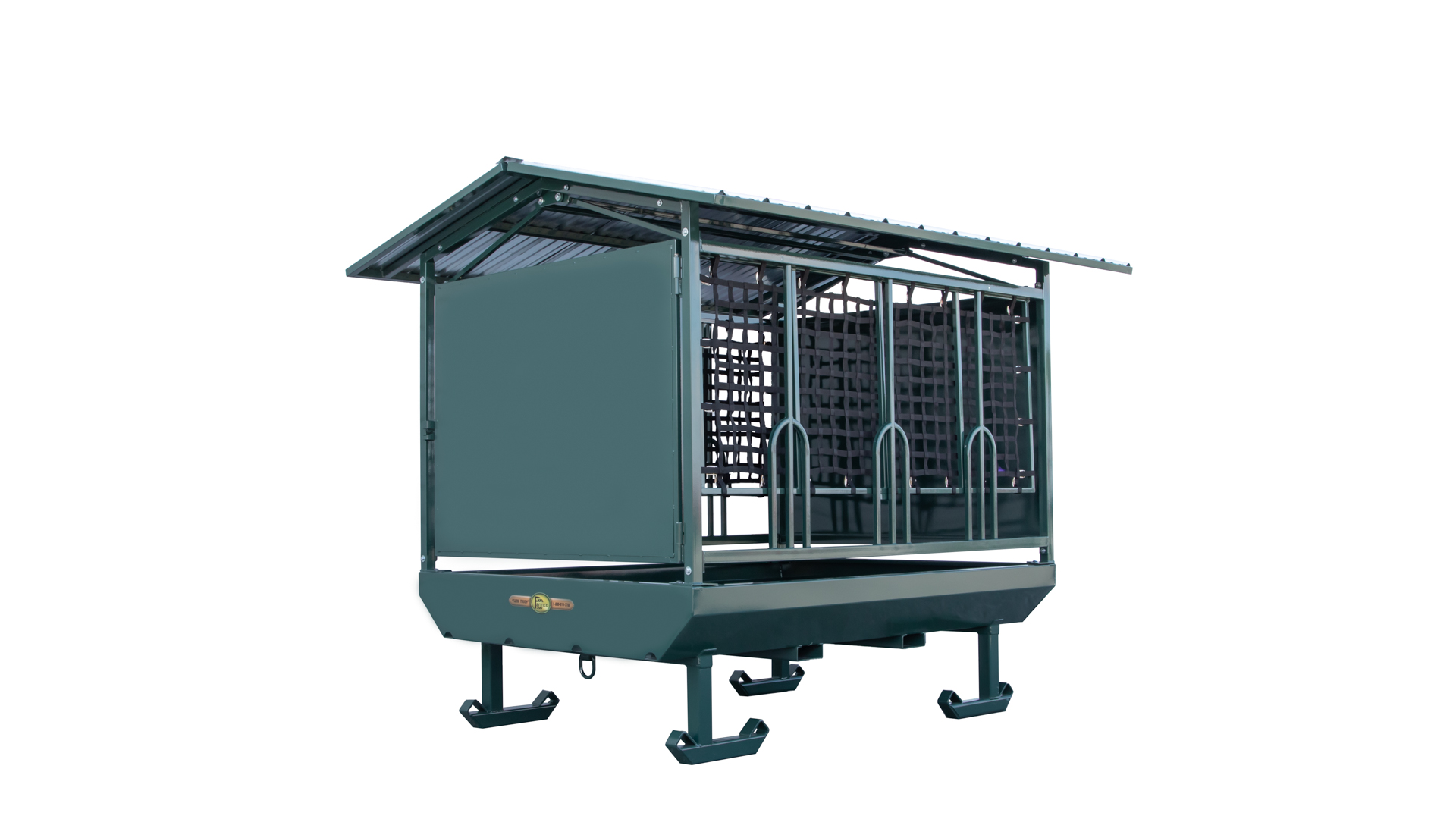
By keeping hay off the ground, a raised slow feeder can help a horse’s health by preventing sand colic. Here are a couple of other ways that a raised slow feeder could help prevent horse colic. Let’s review the common horse colic causes that we mentioned earlier:
- Moldy hay
- Sudden feed schedule changes
- Parasitic intake
- Sand intake
- Stress
- Dental problems
The HF series feeder could help to reduce at least 4 of the 6 horse colic causes mentioned above. Let’s start from the top-down.
Mold Exposure
This feeder reduces potential mold exposure by keeping the hay off the moist ground and by shielding bales of hay from the elements with a standard 29-gauge metal roof. Remember, bad-quality hay can also cause colic in horses. That’s why keeping your hay from mold exposure is critical.
Sudden Feed Schedule Changes
Secondly, the HF series raised slow feeder takes out sudden feed schedule changes. Slow feeding is the healthiest way to feed hay to horses. Instead of running the risk of having random mealtime schedule changes (which could potentially lead to horse colic), just let your horse simulate natural grazing habits with a raised slow feeder. To make the HF series feeder a “slow” feeder, net panels are placed over the hay to reduce hay consumption and promote horse health (seen in the photo below).
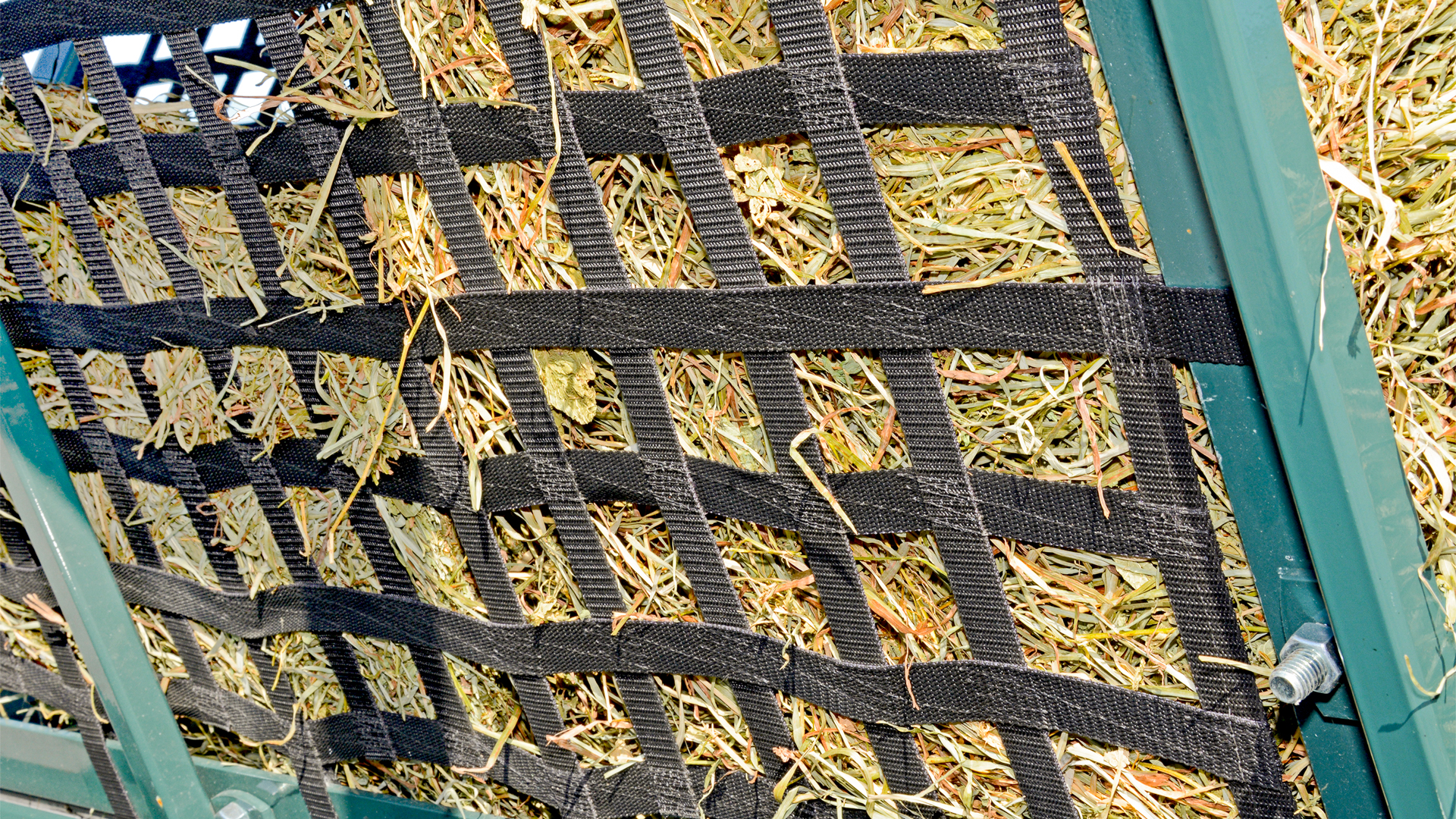
Sand Intake
Thirdly, this feeder prevents sand colic in horses by keeping the hay off the ground. Sand colic prevention is important, and by keeping the hay off the ground and away from sandy patches of grass, the sand colic danger is greatly reduced.
Stress
Finally, a horse’s stress levels may potentially be reduced if your horses have constant access to hay via natural foraging behaviors with a raised slow feeder.
Here’s a table to summarize how an HF series raised slow feeder can help horse colic prevention.
| Horse Colic Causes | How An HF series Could Help |
| Mold Exposure | Keeps hay off ground from dew and ground moisture. Also protects hay from the elements with a metal roof over the hay. |
| Sudden Feed Schedule Changes | Allows horse to recreate natural grazing behaviors, 24/7 access to hay |
| Sand Intake | Keeps hay off ground and away from potential sandy grass patches |
| Stress | Can reduce horse stress levels by allowing your horse 24/7 access to hay via slow-feeding methods. |
Other Horse Colic Prevention Methods
Here is a short list of other miscellaneous, but also important, equine colic prevention methods to be aware of:
- Grazing muzzles
- Limit the size of the pasture where your horse can graze
- Mowing pasture
Here’s a great article to learn more about horse colic prevention methods in the pasture. Or, check out this insightful article, which talks about other practical ways to prevent horse colic.
Do Probiotics Help Prevent Colic In Horses?
Yes, probiotics can help prevent colic in horses by improving gut health and digestion (poor gut health can result in horse colic).

Wrapping Everything Up
Here’s the deal: unnatural horse deaths are most often a result of colic. Consequently, horse colic prevention is an extremely important topic. That’s why we hope this article helped you to understand the topic of horse colic prevention better and give you an idea of how to prevent it.
If you’re interested in learning more about our HF series raised slow feeders, just click the button below! And, as always, contact us if you have any questions!
We hope your horses stay happy and well!





